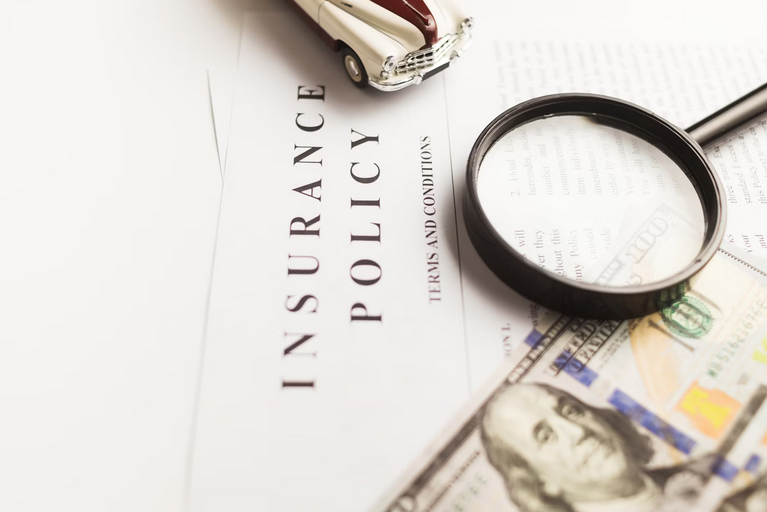How Your Car’s Make and Model Affect Your Insurance PremiumsHow Your Car’s Make and Model Affect Your Insurance Premiums
When it comes to car insurance, your vehicle’s make and model play a significant role in determining your premiums. Insurance companies assess a variety of factors to calculate how much you’ll pay for coverage, and your car is a big part of that equation. The No Black Box Insurance can help you fully understand how the specifics of your car’s make and model impact your rates. Understanding how these factors influence your insurance rates can help you make more informed decisions about your vehicle and potentially save you money. Let’s dive into how the make and model of your car affect your insurance premiums.
Vehicle Type and Insurance Costs
The type of vehicle you drive can have a substantial impact on your insurance premiums. Here’s a breakdown of how different types of vehicles can affect your rates:
- Sedans and SUVs: Generally, sedans and SUVs tend to have lower insurance premiums compared to sports cars or luxury vehicles. This is because they are often considered safer and less likely to be involved in high-risk situations.
- Sports Cars: High-performance sports cars can significantly increase your insurance rates. Their speed and power make them more likely to be involved in accidents, which insurance companies take into account. Additionally, these cars are often more expensive to repair or replace.
- Luxury Vehicles: Luxury cars, with their high repair costs and advanced technology, can also lead to higher insurance premiums. Insurance companies factor in the higher cost of parts and repairs when setting rates for luxury vehicles.
Vehicle Safety Features
Modern cars come equipped with a range of safety features, and these can influence your insurance rates positively. Vehicles with advanced safety systems, such as automatic emergency braking, lane departure warning, and adaptive cruise control, are often seen as less risky to insure.
- Safety Ratings: Cars with high safety ratings from organizations like the Insurance Institute for Highway Safety (IIHS) or the National Highway Traffic Safety Administration (NHTSA) can benefit from lower insurance premiums. Insurance companies reward vehicles that are proven to protect occupants well in the event of a crash.
- Anti-Theft Features: Cars equipped with anti-theft devices, such as alarms, GPS tracking systems, and immobilizers, are less likely to be stolen. This reduces the risk for insurers and can result in lower premiums.
Repair and Replacement Costs
The cost of repairing or replacing your car can also impact your insurance premiums. Insurance companies consider:
- Parts and Labor Costs: Vehicles that require expensive parts or specialized labor for repairs can lead to higher insurance rates. For instance, luxury and high-performance cars often have higher repair costs.
- Availability of Parts: If a car model has rare or hard-to-find parts, it may be more costly to repair or replace, which can drive up insurance rates.
Vehicle Age and Depreciation

The age of your car can influence your insurance premiums in several ways:
- New Cars: New cars are typically more expensive to insure because their replacement value is higher. If a new car is damaged or totaled, the insurer has to pay more to replace it.
- Older Cars: As cars age and depreciate, their value decreases. While this might lower your premiums, older cars may lack modern safety features, which can be a factor in insurance costs. Additionally, older cars might be more prone to mechanical issues, which can also affect rates.
Driving History and Vehicle Usage
How you use your vehicle and your driving history can also affect your premiums. For example:
- Mileage: High-mileage vehicles are often considered higher risk because they’re more likely to be involved in accidents and may require more maintenance. Lower mileage can lead to lower insurance rates.
- Driving Behavior: Your driving history, including past accidents and traffic violations, can impact your premiums. Vehicles that are commonly associated with aggressive driving or risky behavior can see higher insurance rates.
Insurance Discounts and Savings
Many insurance providers offer discounts based on your vehicle’s make and model. Some examples include:
- Safe Driver Discounts: If your car has advanced safety features and you have a clean driving record, you might qualify for discounts.
- Multi-Car Discounts: If you insure multiple vehicles with the same provider, you may receive a discount, which can help offset higher premiums for specific vehicles.
Understanding how your car’s make and model affect your insurance premiums can help you make more informed decisions about both your vehicle and your coverage. By considering factors like vehicle type, safety features, repair costs, and your driving history, you can better manage your insurance costs and find ways to save.…

